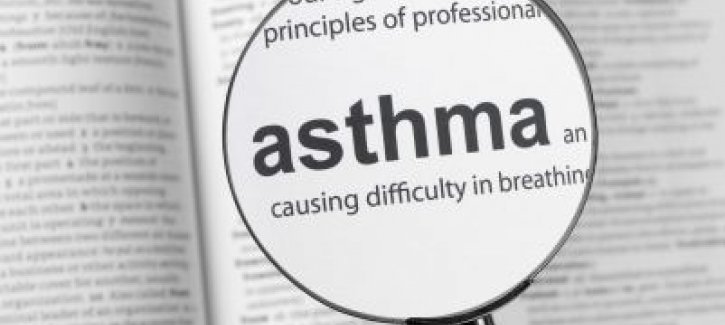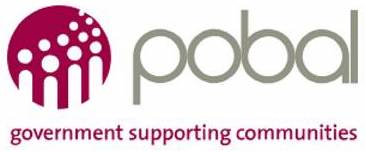
The Asthma Society of Ireland has opened an invitation to tender for a substantial health economics research project.
Note: A previous version of the tender document specified that costing must be inclusive of V.A.T, we have since liaised with our finance team who have confirmed that this is not the case. Costings exclusive of V.A.T will be accepted. The full tender document below has been updated to mirror this.
The project aims to determine the economic impact of asthma and the introduction of an asthma structured review programme. The project will also include identifying and collating existing data on asthma prevalence to better inform economic projections.
ASI is seeking to engage with an experienced and qualified organisation to conduct research on the economic impact of asthma in Ireland and the introduction of an asthma structured review. Working with existing and forthcoming sources of asthma prevalence data will also form a key part of the project, necessary to accurately determine the economic burden of the disease.
A final report outlining the economic cost of asthma and an asthma structured review programme will be the ultimate deliverable from this project. It is envisaged that the market research on the prevalence rate of asthma will be included in this report. The successful tenderer may sub-contract out this market research to a qualified sub-contractor if they so wish. The ability to analyse and collate diverse data streams from a variety of sources will be a key skill in the successful completion of the project.
It is envisaged that the final report will be laid out with the following structure:
1. Executive Summary
2. Introduction
3. Asthma prevalence (includes literature review and market research on prevalence)
4. Direct and indirect cost of asthma in Ireland (includes results of survey of ASI members)
5. Economic impact of asthma structured review (includes literature review on asthma structured review and related costings).
6. Summary
7. Conclusions



